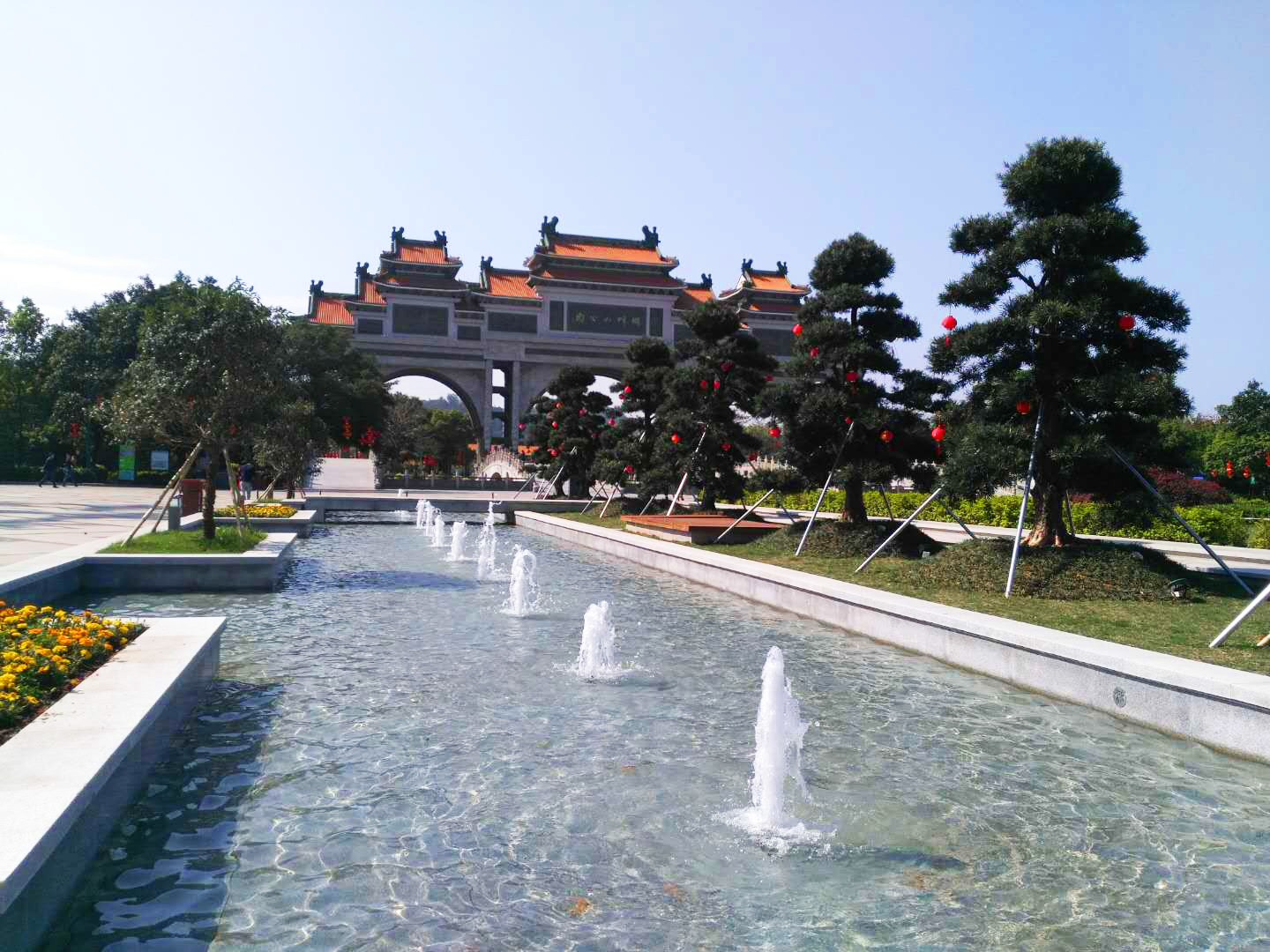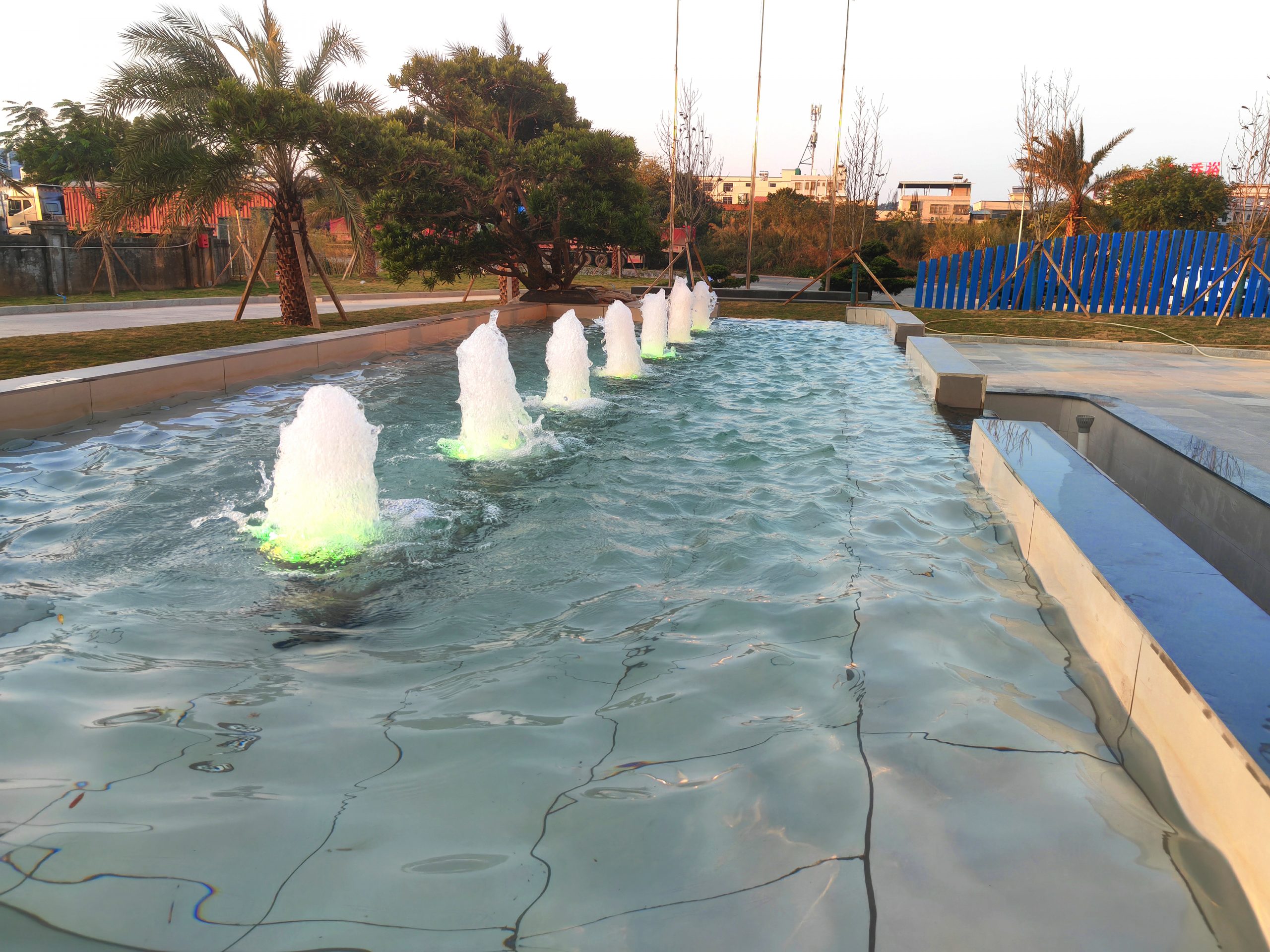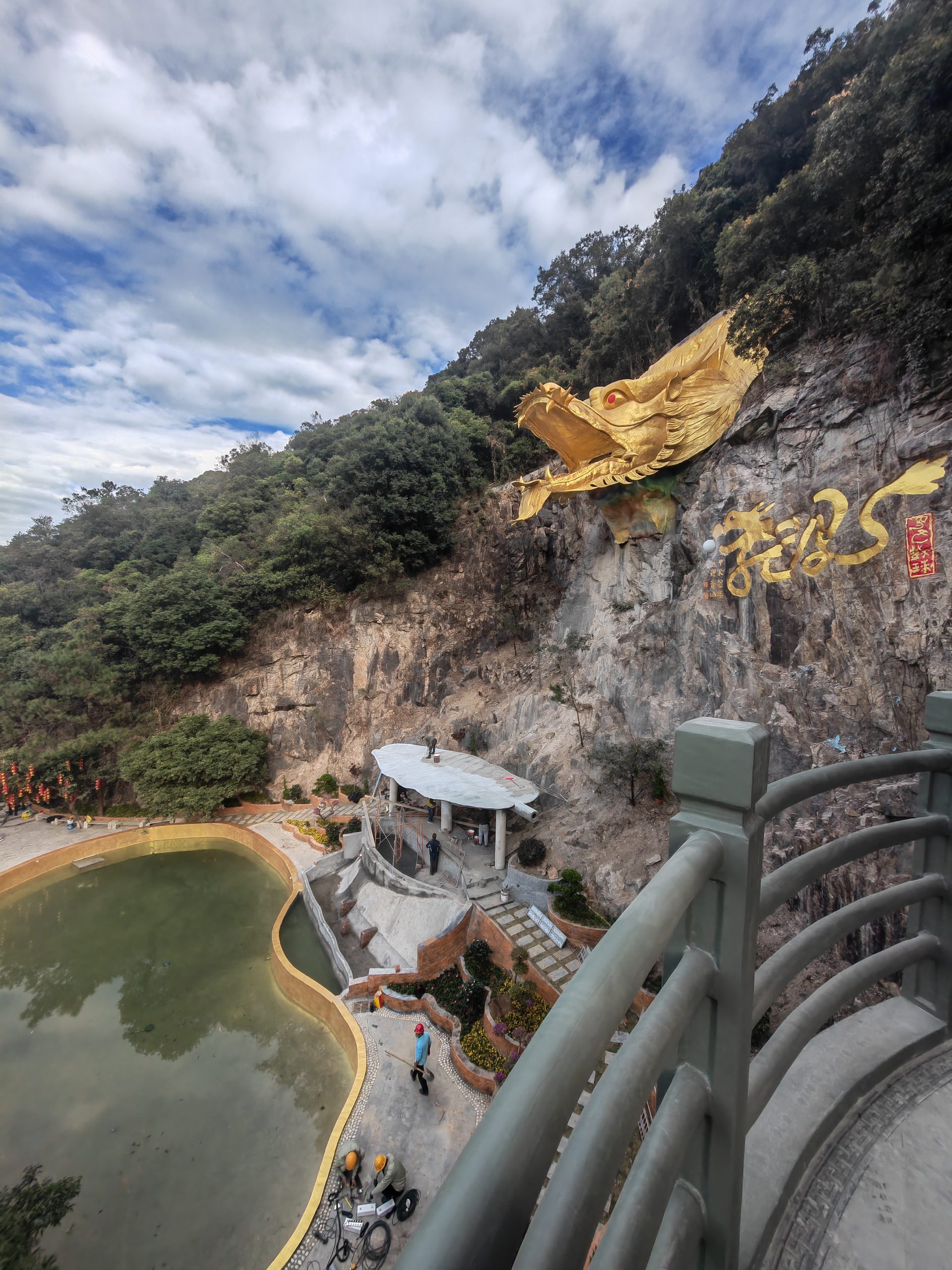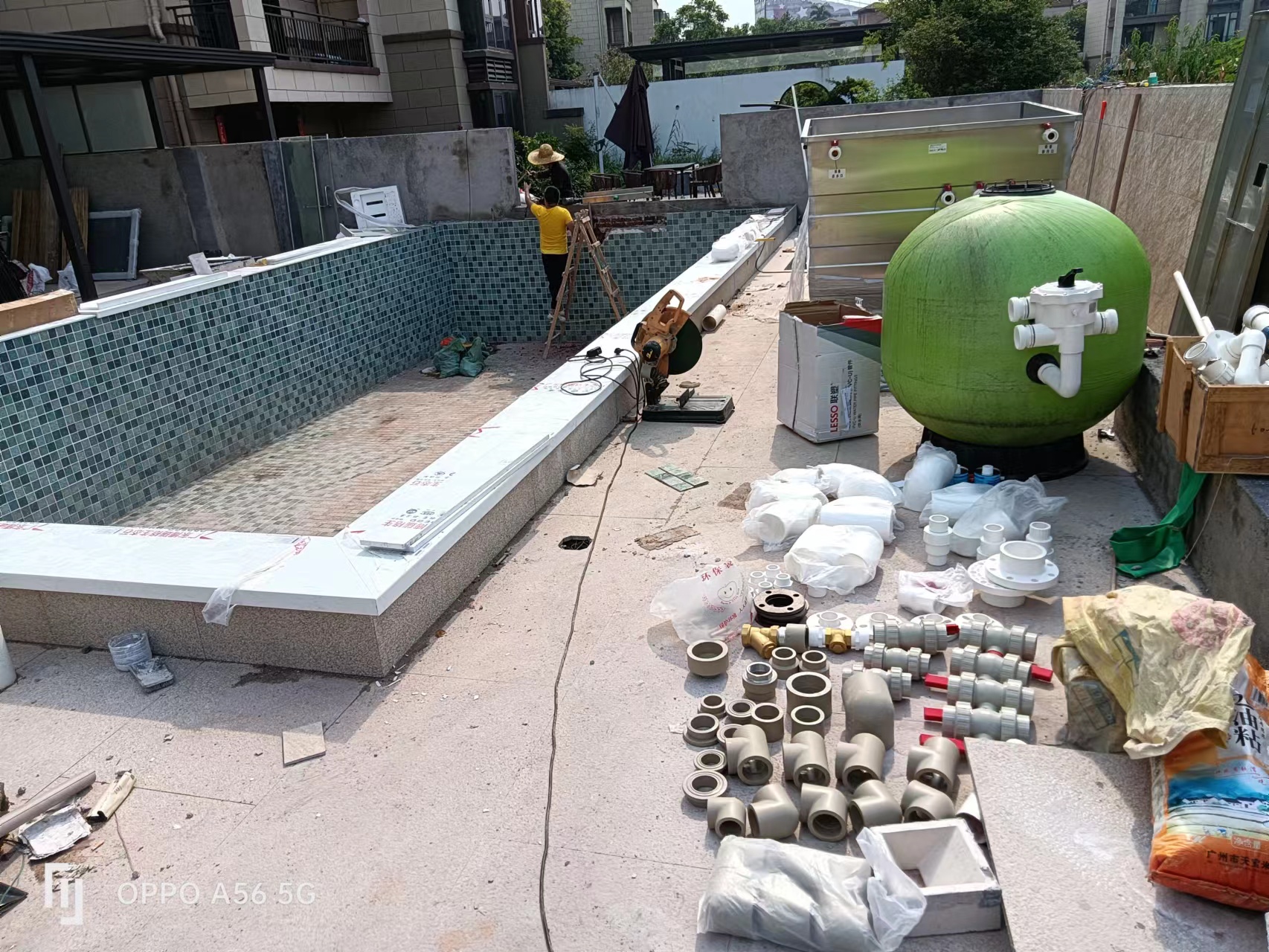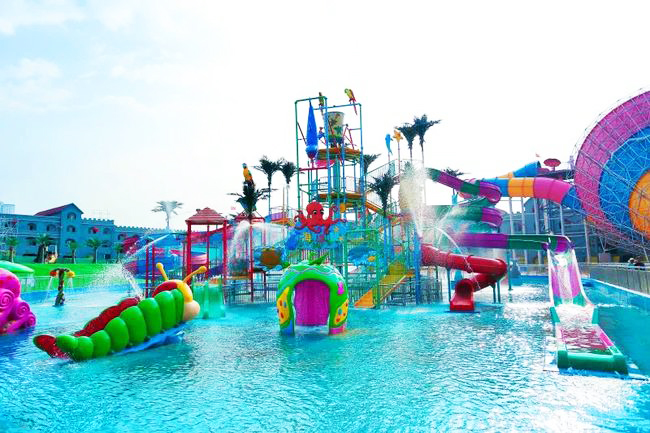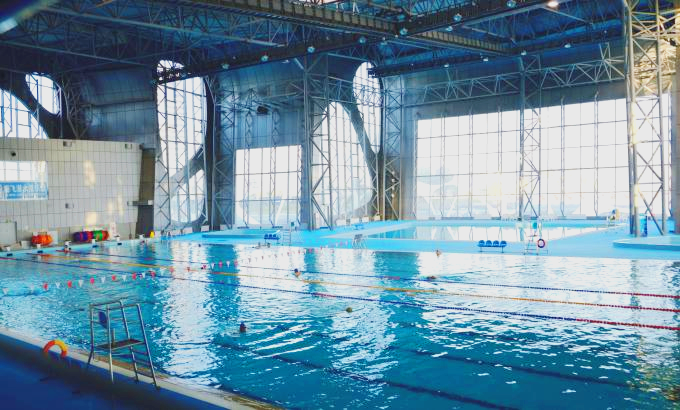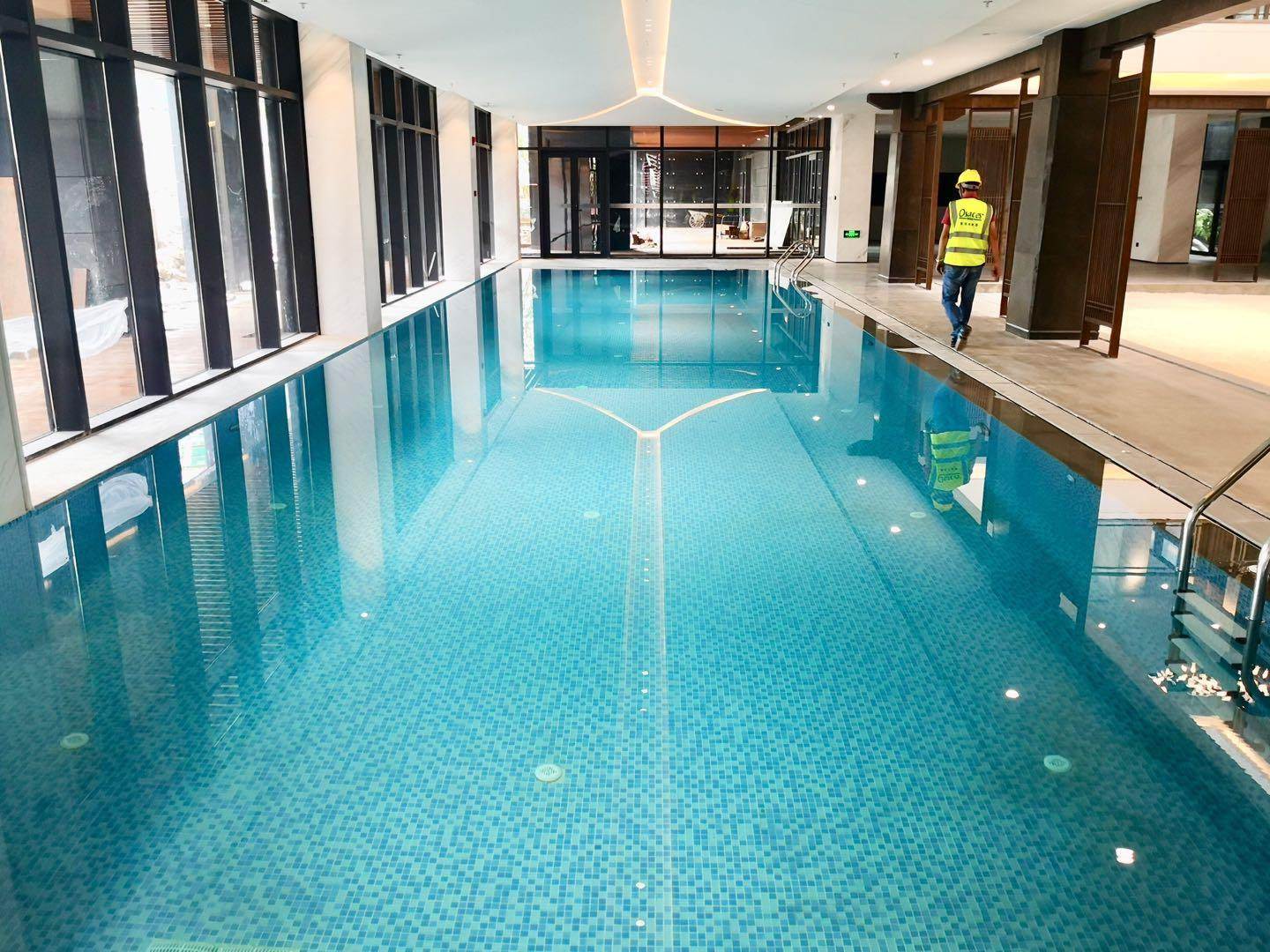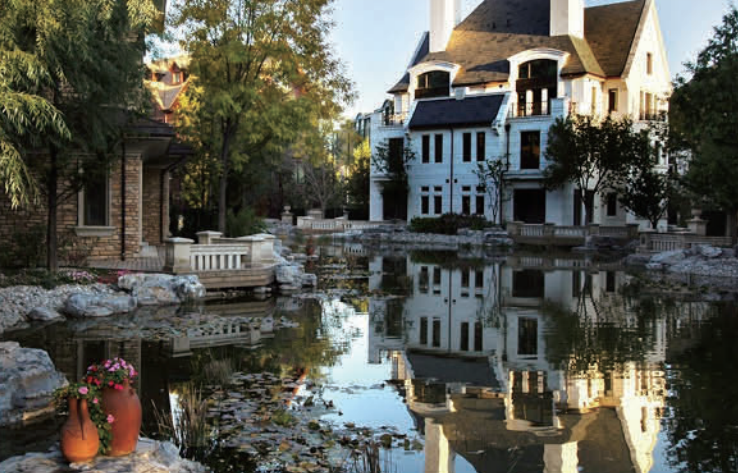common problems
contact details
 Ollies (Guangzhou) Recreation and Sports Equipment Co.
Ollies (Guangzhou) Recreation and Sports Equipment Co.Tel: (020) 82686289
Fax: 020-82694853
Headquarter: No.31-37, Xincun 2 Road, Shangjiang North Street, Dongzhou Village, Xintang Town, Zengcheng City, Guangzhou, Guangdong, China
Theoretical and empirical study on the design of fish pond filtration system with ultra-volumetric capacity.
--System optimization paths based on nonlinear water treatment dynamics
Traditional fish pond filtration designs often fall into the misconception that "just enough is enough", but 3 times the cleaning frequency of filter media and 43% ammonia nitrogen concentration exceedance rate have become the norm. This study is based on 217 sets of engineering data revealed.A jump in microbial metabolic efficiency occurs when increasing the treatment capacity of the system to 1.5-2.0 times the total volume of the water column--This is not a simple expansion of equipment, but through the optimization of hydrodynamics and biofilm precision control, so that the filtration system from the "firefighters" into "ecological steward! ".
This paper demonstrates the core value of Oversizing Design (OD) of filtration systems in the operation and maintenance of landscape water bodies by constructing a three-dimensional fluid-microbe coupled model (3D-FMBM) and combining it with 217 sets of empirical engineering data. The study shows that when the system treatment capacity reaches 1.5-2.0 times of the total water body, the ammonia oxidation rate (AOR) is enhanced to 5.2 mgN/L-h, the algal biomass inhibition rate (ABIR) reaches 98.71 TP3T, and the system shock load resistance index (RSLI) improves by 3.8 orders of magnitude, realizing a reduction in the full life cycle cost (LCC) of 41.61 TP3T.
1.System Capacity Deficiencies in the Perspective of Water Treatment Dynamics
1.1 Nonlinear instability of conventional designs
The relationship between the specific growth rate μ of nitrifying bacteria and the substrate concentration S was deduced from the Monod equation:
When the system treatment volume Q approached the total water volume V (Q/V=1.0), fluctuations in substrate concentration resulted in μ-value oscillations of up to 631 TP3T (Fig. 1), which directly triggered periodic exceedances of ammonia-nitrogen (NH3-N) concentrations (>0.5 mg/L).
1.2 Photobiochemical mechanisms of algal outbreaks
Under PAR (photosynthetically active radiation) >280 μmol/m²-s, the conventional system resulted in an exponential increase in algal present (Chla) due to the lack of front photoinhibition module:

(I_avg: average daily irradiance; T_urb: turbulence intensity)
2.Path to Engineering Realization of Overcapacitated Design (OD)
2.1 Fluid Mechanics Reconstruction
- Multiphase flow field optimization: CFD simulation was used to model suspended sediment transport in the sedimentation bin with Zwietering number (Z) > 2.5:
(u_t: terminal settling velocity; ρ_p/ρ_f: particle/fluid density; d_p: particle size)
- regulation of turbulent energy: The turbulent kinetic energy (k) in the reactor was stabilized in the interval of 0.15-0.25m²/s² by the design of the deflector angle (θ=22°) to ensure that the biofilm thickness δ<200μm (Figure 2).
2.2 Microbial community engineering
- Targeted enrichment of nitrifying flora: Implantation of porous basalt carriers (porosity ε = 78%, specific surface area S_s = 820m²/m³) in the MBBR system achieved an increase in the abundance of nitrite oxidizing bacteria (NOB) to 1.2 × 10⁷copies/mL.
- Algae Control Technology: Loading of fucooligosaccharide slow-release module (release rate 0.8 mg/d) in the contact oxidation silo decreased algal photosynthetic efficiency (ΦPSII) by 72.31 TP3T by interfering with D1 protein synthesis in the PSII reaction center.
3.Quantitative validation of key performance indicators
3.1 Increased water stability
in a control experiment in a 40 m³ koi pond (Fig. 3):
- The OD system reduced the standard deviation (SD) of NH3-N/NO2-N concentrations from 0.43/0.38 mg/L to 0.09/0.07 mg/L.
- Algae dominant species changed from Microcystis spp. to Cyclotella spp. and TSI decreased from 68 to 42
3.2 Operation and maintenance cost optimization
The cost sensitivity analysis based on Monte Carlo simulation shows (Table 1):
| parameters | legacy system | OD system |
|---|---|---|
| Energy intensity (kWh/m³) | 0.85 | 0.62 |
| Filter media replacement cycle (years) | 1.2 | 4.7 |
| Frequency of manual interventions (times/year) | 23 | 6 |
4.Technical deepening program of the OD system
4.1 Intelligent Responsive Scaling
- The ML algorithm was implanted to construct a water quality prediction model (LSTM neural network) when NH3-N > 0.3 mg/L was predicted:
- Automatic opening of bypass bio-emergency compartments (BEC)
- Initiate high-frequency pulse aeration (instantaneous DO boost to 8mg/L)
4.2 Modular Extended Architecture
A three-level expansion interface designed using the ISO2063 standard:
- Physical expansion module: can be connected to an additional 40μm drum filter (capacity +50%)
- Chemical Emergency Module: Integration of Ozone-Persulfate Co-Oxidation Units
- Ecological buffer module: articulated artificial wetland unit (HRT ≥ 6h)
5.Engineering Decision Support System (EDSS)
Development of a BIM-based O&M management platform (Fig. 4) is realized:
- Real-time monitoring of 16 water quality parameters (including ORP/pH/EC interlock control)
- Troubleshooting accuracy >92% (using SVM classification algorithm)
- Dynamic optimization of spare parts inventory (savings in warehousing costs 37%)
reach a verdict
The ultra-capacity design breaks through the linear thinking of traditional water treatment systems, and upgrades the fishpond filtration system from a passive response device to a self-organizing ecological hub by establishing a dynamic balance equation of treatment capacity - ecological demand - operation and maintenance cost. The engineering practice confirms that the OD system shows excellent robustness in response to extreme weather (heavy rain/high temperature), sudden change of bioburden (new fish population/disease) and other scenarios, and its technical and economic indexes are significantly better than the traditional solution (p<0.01).
Related content
- Ministry of Ecology and Environment Releases Scoring Rules for Water Ecology Assessment Indicators in the Yangtze River Basin (for Trial Implementation)
- Homeostatic regulation of fish pond water quality: a systematic solution based on nitrification kinetics and nutrient thresholds
- Koi Pond Maintenance and Protection Guide during the Rainy Season | The Veteran Driver's Handbook of Dampness and Disease Prevention
- Pool water circulation system maintenance guide, goodbye to cloudy water quality to create four seasons of translucent "liquid sapphire".
- From zero to professional: a complete guide to pool equipment configuration that even a beginner can understand
- The Golden Ratio of Swimming Pool Ventilation and Dehumidification Systems: The Balancing Act of Airflow, Humidity and Energy Consumption
- Specific benefits of dehumidifiers for new swimming pools


